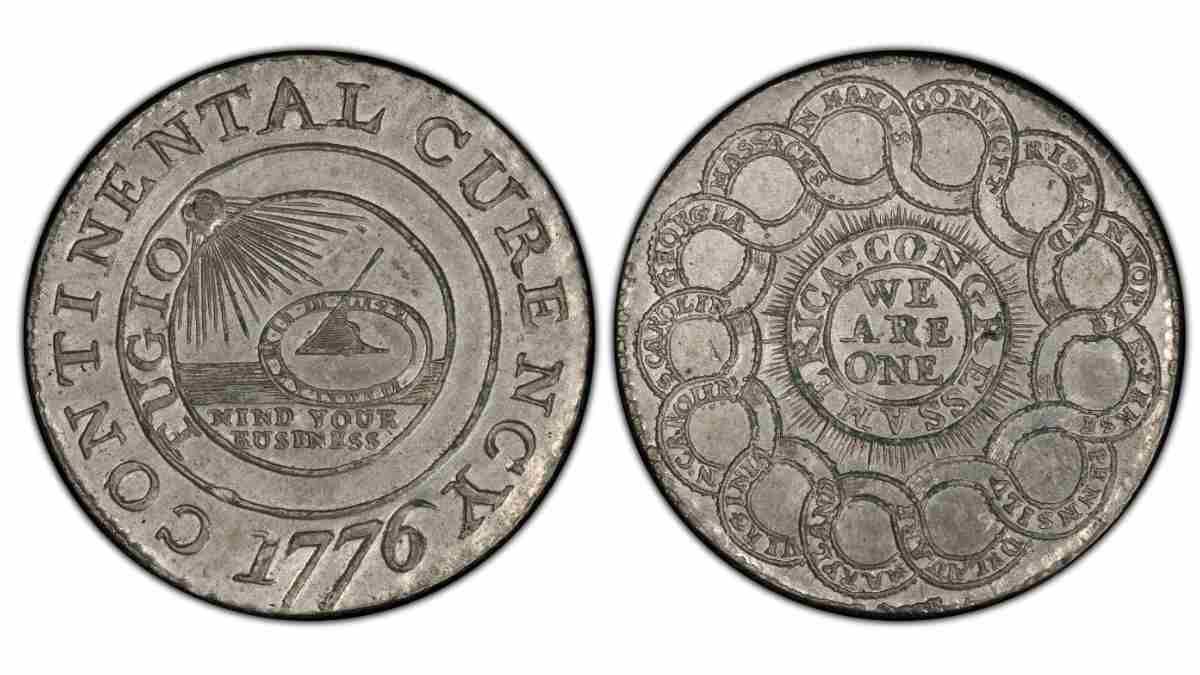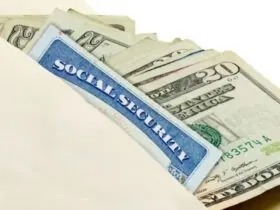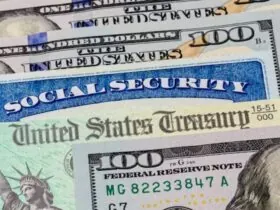Rare coins often hold immense historical and monetary value, and one notable example is the 1776 Continental Dollar. This coin, minted during the year of the American Declaration of Independence, was recently found in an unexpected location—a toffee tin. Its discovery and subsequent sale have drawn significant attention among numismatics enthusiasts.
The Discovery: A Toffee Tin Treasure
This Article Includes [hide]
The 1776 Continental Dollar in question was discovered inside an old toffee tin, accompanied by other items like fossils, carved stones, and jewelry. However, none of these compared to the value of the rare coin inside. The tin belonged to a private vendor from the United Kingdom, who likely had no idea of the treasure it held. When the vendor took the items to an auction, the significance of the coin was recognized, leading to its remarkable sale at Wotton Auction Rooms in Wotton-under-Edge, Gloucestershire.
Historical Background of the Continental Dollar
The 1776 Continental Dollar holds a special place in American history. Made from pewter and measuring 38mm in diameter, this coin is believed to have been minted during a time of great change and upheaval in the American colonies. While there is no concrete documentation proving the authorization of its minting, it is thought to have been produced in 1776 to promote the new independence movement and provide a form of currency for the Continental Congress.
Value and Rarity
The production of the Continental Dollar is estimated to have been around 6,000 coins, but only about 100 are believed to have survived to this day. The scarcity of surviving coins greatly increases their value in auctions. In this instance, the coin discovered in the toffee tin was sold for £25,000 (approximately $32,000). Interestingly, other examples of this coin have fetched even higher sums—one notable auction saw a specimen sell for an astonishing $246,750.
Expert Evaluation and Grading
Since the vendor was not located in the United States, the Continental Dollar had to be sent to the U.S. for expert evaluation. It was graded by the Numismatic Guaranty Company (NGC), a well-respected organization that provides accurate and reliable coin grading services. Having the coin professionally graded ensured that it was accurately valued, increasing its credibility and appeal to potential buyers.
Caution for Collectors: The Rise of Counterfeits
While the Continental Dollar is a fascinating piece of history, collectors must be cautious when purchasing such rare coins. The high value of these coins makes them a target for counterfeiters. Scammers often attempt to sell fake specimens, hoping to deceive buyers into paying large sums for worthless replicas. For this reason, it is essential to only purchase rare coins from trusted sources and to have them professionally evaluated and authenticated.
Conclusion
The discovery of a 1776 Continental Dollar in a toffee tin is a captivating story of how valuable historical artifacts can sometimes be found in the most unlikely places. With an uncertain production history, a limited number of surviving specimens, and significant historical relevance, the Continental Dollar remains a prized find for collectors. However, as with all rare coins, caution and diligence are necessary to avoid falling victim to counterfeit schemes.







Leave a Reply